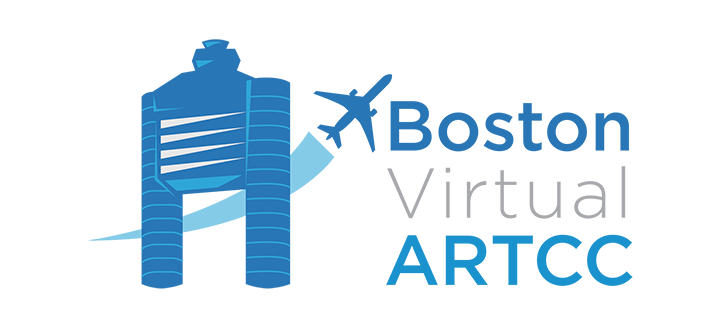Recommended Add-Ons
Hardware Recommendations
While our recommendations focus on software add-ons that can be purchased and downloaded, there are a few excellent pieces of hardware that we recommend for serious simmers.
To fly with us, you need to have an at-home simulator (FSX, P3D, or X-Plane), a joystick or yoke to control the aircraft, and a headset. While each of the three flight simulation platforms have their own advantages, the most popular software options are Prepar3D and X-Plane. Prepar3D is based on the original Microsoft FSX platform, but has offered substantial improvements including 64-bit compatibility and enhanced performance. X-Plane is an independent platform that is extremely popular within the flight simulation community, is compatible with Mac and PC, and is well-known for having the most realistic flight dynamics for general aviation aircraft.
The computer that you’re running also makes a difference. Generally, the more powerful your computer is, the more impressive the game will be—and the more add-ons you will be able to run. Ideal computer configurations are beyond the scope of this page. However, you can find numerous recommendations on our forums and on elsewhere the web.
Aircraft Control HardwareSaitek and Thrustmaster make some of the most realistic and accurate hardware for at-home flight simulation. From Saitek, most BVA members recommend either the Pro Flight Yoke System (including throttle quadrant) or the Pro Flight X52 joystick, and a set of rudder pedals. Thrustmaster produces some of the most high quality and realistic joysticks and rudder pedals available on the market.
In-Game View ControlsOne piece of hardware that is often overlooked but can make a big improvement to the simulator experience is TrackIR. TrackIR is head-tracking hardware and software that interacts with the sim. The setup is simple: a small clip attaches to your headset and a receiver sits atop your computer monitor. Together, the system tracks your head movements and interfaces them with flight simulator. As you move your head to the left, your view pans left (you have full control over the sensitivity, so moving your head half an inch can move your viewpoint across the cockpit). Three dimensions of movement are tracked, meaning you can lean your head forward to flick a switch or read a small display. VFR flying, conducting curved RNAV or pattern-entry visual approaches, taxiing, and operating in the virtual cockpit (particularly important with developers moving away from 2D panels) all become much easier and more enjoyable with TrackIR. The manufacturer’s website provides more information about TrackIR.
TrackIR is a first step toward Virtual Reality (VR), which is the latest trend in flight simulation. More and more, simmers are choose virtual reality headsets as part of their setups.
Connecting FSX/P3D to ForeFlightIf you have ForeFlight for the iPad, you can use a $20 app from www.fsxflight.com to connect FSX to ForeFlight just as you could connect an aircraft’s GPS to the iPad app for flight planning. You’ll see your aircraft moving on ForeFlight, georeferenced with charts. This app is strongly recommended for anyone who uses the ForeFlight iPad app for real-world flying. For tablet users on FltPlan Go!, the mobile software has built-in connectivity for FSX or P3D.
